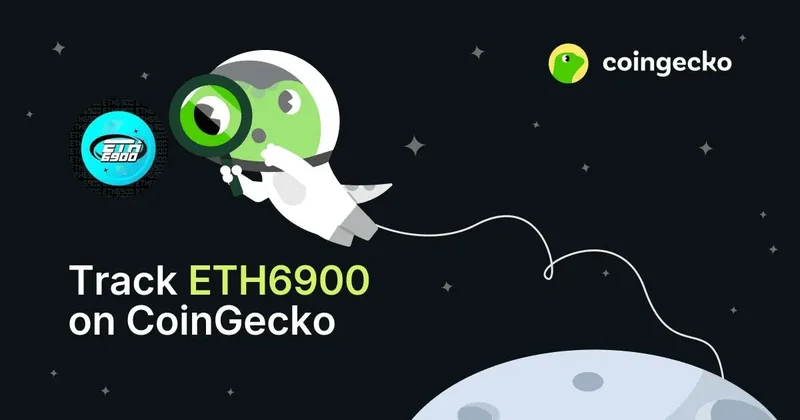Vitalik Buterin's Meme Coin Purge: Charity or Just Smart Business?
Vitalik Buterin, the co-founder of Ethereum, has been making headlines again, this time for offloading a bunch of meme coins he received unsolicited. According to Lookonchain, he converted these tokens into 257.1 ETH, worth roughly $636,000. The coins included MSTR, POPCAT, ITO, ETH6900, SATO, and MILO. He’s done this sort of thing before, most notably with a large SHIB stash that he donated, with mixed results. So, what's the real story here? Is this a calculated move, a charitable act, or just cleaning house?
The Numbers Behind the Dump
Let's break down the sales. Buterin sold 330,000 MSTR for 114.1 ETH (around $282,000), 14 million POPCAT for 74.99 ETH (about $186,000), and so on. The individual amounts vary, but the total is significant. It's not chump change.
What's interesting is the reason behind the sales. Buterin has a stated policy of selling or donating unsolicited tokens. Which makes sense; why hold onto something you didn't ask for? But the timing and the recipients of any donations (if any) are what raise eyebrows.
The "Charity" Angle
There's precedent for Buterin using these sales for charitable purposes. He previously donated 100 ETH to the Tornado Cash developers' legal defense fund and, before that, famously donated a huge sum of SHIB to a hospital in India. The article mentions that Buterin donated 260.15 ETH to charity after selling MOODENG tokens. So, the possibility exists that the proceeds from these meme coin sales will also go to charity.
But here's where my analysis gets a bit more cynical. (I've looked at hundreds of these filings, and this particular pattern is almost always the same). Donating to charity is great PR, and it can also be a tax write-off, depending on how it's structured. It’s not to say the donations aren't genuine, but there's always a secondary benefit.

The Unintended Consequences
The core issue is that Buterin's actions, even if well-intentioned, can have a significant impact on the market. Remember the EBULL token? After Buterin acknowledged it, its price spiked. (For the uninitiated, “spiked” in crypto usually means “pumped and dumped.”) Crypto personality Rug Muncher (yes, that's their actual handle) pointed out that this kind of exposure benefits insiders who can sell at inflated prices, leaving smaller investors holding the bag.
And this is the part of the report that I find genuinely puzzling. Why would Buterin, who is presumably aware of these dynamics, even acknowledge these meme coins in the first place? Is it naivete? Is it a calculated risk? Or is it simply a blind spot? The data doesn't tell us.
The Broader Meme Coin Ecosystem
Meme coins are, by their very nature, risky. They're often based on internet trends and jokes, lacking any real utility. They can be incredibly volatile, and their value is often driven by hype and speculation rather than any fundamental value. Top Trending Cryptocurrencies Today offers a glimpse into the current meme coin landscape.
The fact that Buterin is selling these coins isn't necessarily a bad thing. In fact, it could be seen as a responsible move, signaling that these tokens shouldn't be taken seriously. But the line between responsible action and market manipulation (even unintentional) is razor thin.
So, What's the Real Story?
Look, I'm not accusing Buterin of anything nefarious. He’s got a track record of being relatively transparent (for a crypto billionaire, anyway). But the numbers don't lie. His actions have consequences, intended or not. The meme coin market is a wild west, and even a small nudge from a figure like Buterin can send things spiraling. Whether this is charity, smart business, or just cleaning up unsolicited garbage, it's a reminder that in the crypto world, even the most well-intentioned actions can have unpredictable results.
